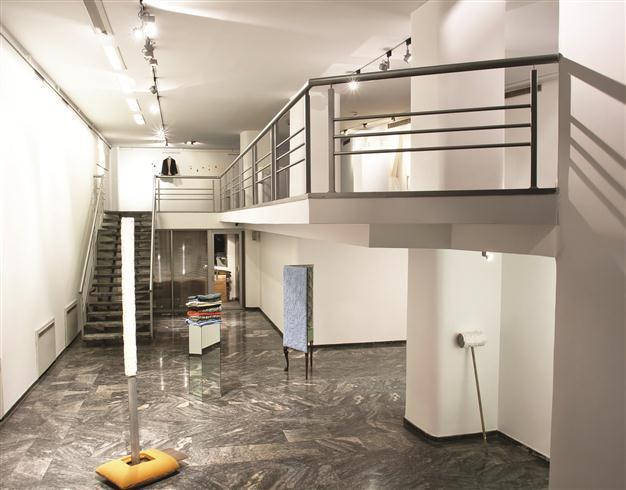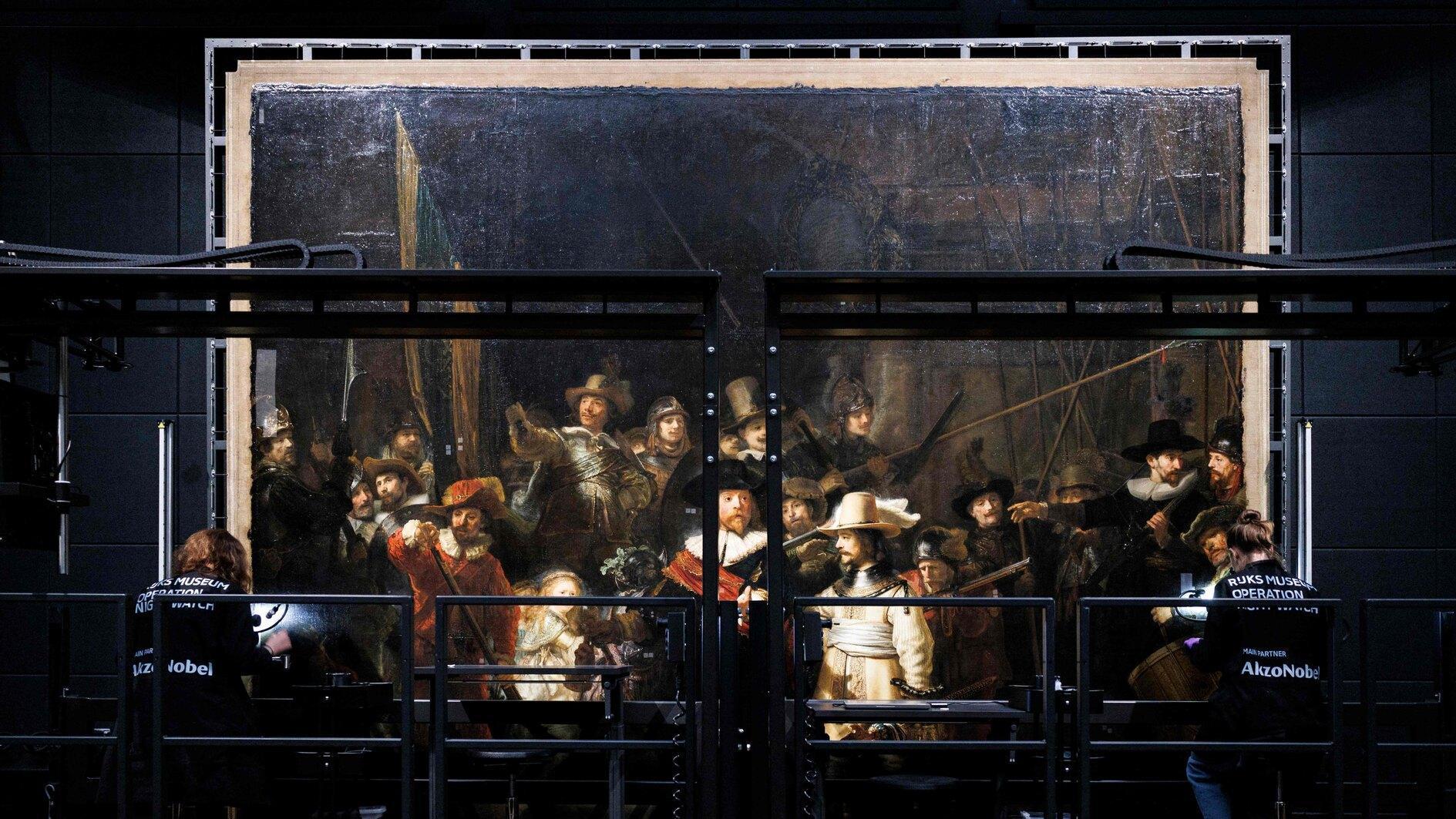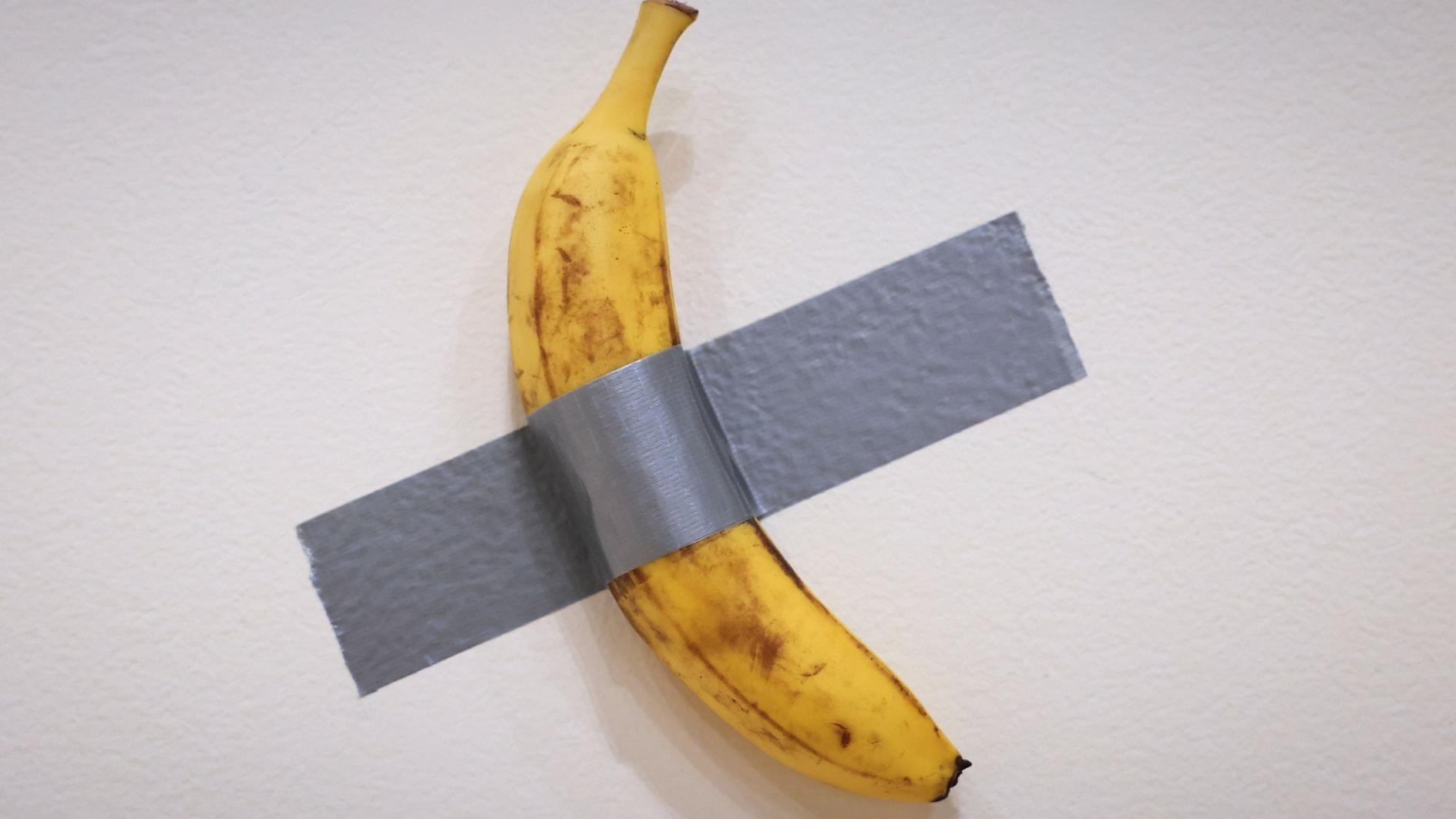The theme of exhibtion reveals artistic healing
ISTANBUL - Hürriyet Daily News

One of Basmazölmez’s main works (below) contextualizes the in-between urban description of cultural traumas. He visualizes the urban heterotopias of a political crisis created by the states of encounters that express the separation, defeat and tension.
Siemens Sanat is continuing artistic activities that look at the actual individual and the trans-border world of the present day with the new exhibition “Accent and Silence.”The exhibition gathers works by Ayşen Urfalıoğlu, Florencia Almiron and Ragıp Basmazölmez.
“The relations among the works are not discreet. On the contrary, they are open,” exhibition curator Melih Görgün told the Hürriyet Daily News. “Our present day perception of the trans-border world replaces the representation of otherness in the public space with the dual appearance of difference. ‘Divisions’ and ‘splits’ leave the actual individual devoid of any type of autonomy or representation as a result of the current political atmosphere,” said Görgün.
The exhibition curated within this general framework discusses how the colonial domination of consumerist culture encircles the individual while, at the same time, the transnational control mechanisms emerging together with globalization are liberating the individual, said Görgün, adding that the exhibition also touched visually on the need for liberating strategies in order to overcome the crisis state of the individual.
Görgün said it was possible that the audience could read the meanings of the works very comfortably. For example, Urfalıoğlu, Almiron and Basmazölmez present these unverbalized thoughts as the individual’s acts of resistance in their works.
While Urfalıoğlu recounts through the mediation of a hidden body, she also questions the resistance to the hegemony of patriarchal culture in all its force. She thereby reveals the strategy of the silent aggrieved, who is the social, psychological, anatomic, metabolic subject and the object of life.
Almiron prefers not to assume the responsibility of the passions of the body and a subject that limits itself with its beyond. By preserving the hidden meanings or even removing the functions of objects, she leaves the audience with the desire mechanisms of interpretation.
Passion, resistance and urban violence
The artists in the exhibition emphasize their will, which they do not proclaim as a discourse against these processes of homogenization, as an act of the resistance of the subject in their works.
Basmazölmez’s accent is on the cultural traumas generated by current immigration practices. In his works, he visualizes the urban reflections of the political crisis, as well as the division, tension, defeat, passive resistance and gentrification between the urban and the rural.
Basmazölmez tries to reflect the pain or the pressure that urban people face with his installations.
“What we focus on in the exhibition is the concept of new urban people and new policies for them,” said Görgün, adding that immigrants lose their main identity as they migrate to other cities. The migrants are drawn to megacities like moths drawn to a flame.
One of Bazmazölmez’s main works contextualizes the in-between urban description of cultural traumas generated by current immigration practices. He visualizes the urban heterotopias of a political crisis created by the states of encounters that express the separation, tension, defeat, passive resistance and gentrification between the rural and the urban.
Life in a metropolis is the main concept in Basmazölmez’s works. “Basmazölmez reflects a problems and he makes a mirror out of his works,” said Görgün.
“I think the same thing, because Basmazölmez tries to use art as a healing power,” added Görgün. “We are all doing that,” he said, noting that the work tried to reach the audience via their healing concept.
The dual appearance of difference replaces the current perception of the trans-border world and the mentality that homogenizes the representations of otherness in public space while divisions leave the actual individual devoid of any type of autonomy or representation as a result of current biopolitics, according to the artists.
Urfalıoğlu indicates the resistance against the domination of masculine culture with all its force through the mediation of a hidden body. In this way, she puts on the agenda the strategy of the silent aggrieved, allowing the social, psychological, anatomic, metabolic to become the subject and object of life.
















